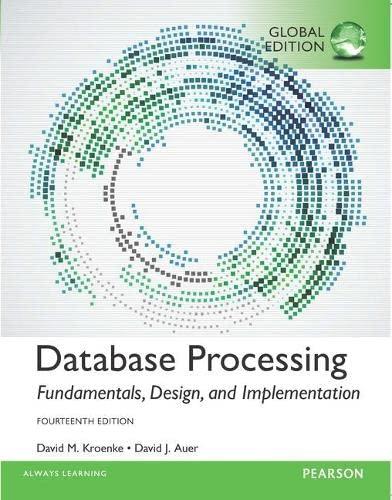Answered step by step
Verified Expert Solution
Question
1 Approved Answer
Can I get help for a and b please? I am pretty sure b the answer is True? V) Based on Verify the correctness of

Can I get help for a and b please? I am pretty sure b the answer is True?
V) Based on Verify the correctness of the following interpretations for the class diagram shown in Figure I and state your answer in the form "True" or "False": a) If the sets of instances of D,E and F are {dl,d2},{el,e2} and {fl,f2} respectively, then {(dl,el,fl),(dl, e2,f2),(d2,el,f2),(d2,e2,fl)} is not a possible set of T instances. Ans: False b) If the sets of instances of D, E and F are {dl,d2},{el,e2} and {fl,f2} respectively, {(dl,el,fl),(d2,e2, f2) } is a possible set of T instances. Ans: False c) When H has 3000 instances, D has at least 3000 instances. Ans: True d) When E has only 1 instance and F has 2 instances, D always has 2 instances. Ans: True e) The total number of S instances is always equal to the total number of C instances. Ans: True f) Each instance of D associates with one instance of H. Ans: False g) Each instance of H associates with one instance of D. Ans: True (28 marks)Step by Step Solution
There are 3 Steps involved in it
Step: 1

Get Instant Access to Expert-Tailored Solutions
See step-by-step solutions with expert insights and AI powered tools for academic success
Step: 2

Step: 3

Ace Your Homework with AI
Get the answers you need in no time with our AI-driven, step-by-step assistance
Get Started


